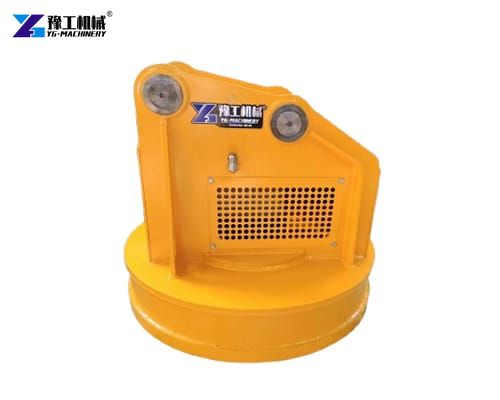Hydraulic dredge pump is a type of centrifugal pump specifically designed to handle abrasive materials such as sand, mud, clay, gravel, silt, and slurry. It is typically powered by a hydraulic system and often mounted on excavators. These pumps are engineered to operate in harsh conditions, including rivers, lakes, harbors, and industrial ponds, where traditional pumps might fail due to clogging or wear. Their robust construction and high-efficiency design ensure continuous operation even when handling highly viscous or solids-laden mixtures. They can be submerged directly into the material being dredged. It utilizes hydraulic power to generate the force required to suck and discharge dense and abrasive media over long distances, making it especially useful in harsh and remote environments.
How Does the Hydraulic Dredge Pump Work?
The core mechanism of a excavator dredge pump relies on hydraulic power transmitted through fluid under pressure. A hydraulic motor drives the pump impeller, creating a vacuum that draws in slurry through the suction inlet. The impeller’s rotational force then accelerates the mixture, propelling it through the discharge pipe to the desired location.
Components of the Excavator Dredge Pump
Hydraulic Motor: Converts hydraulic energy into mechanical rotation.
Impeller: Central rotating element that generates flow.
Casing: Encloses the impeller and directs slurry flow.
Suction and Discharge Pipes: Facilitate material intake and expulsion.
Wear-Resistant Liners: Protect internal surfaces from abrasion.
Diverse Applications Across Industries
The unique capabilities of hydraulic dredge pumps make them essential in a wide array of sectors:
Dredging:
- Capital Dredging: Deepening ports, harbors, and navigation channels to accommodate larger vessels.
- Maintenance Dredging: Removing accumulated sediment to maintain required water depths in ports, marinas, and canals.
- Land Reclamation: Pumping sand and sediment to create new land areas.
- Environmental Dredging: Removing contaminated sediments from rivers, lakes, and harbors for safe disposal or treatment.
- Beach Nourishment: Extracting sand offshore and pumping it onto eroded beaches.
- Mining Sand and Gravel: Extracting valuable aggregates from underwater deposits.
Industrial Processing:
- Handling slurries in coal washing plants.
- Pumping fly ash and bottom ash in power plants.
- Transferring gypsum slurries, lime slurries, and other process materials.
Construction:
- Dewatering excavations and construction sites.
- Slurry wall construction (bentonite/cement).
- Tunneling operations (slurry shield TBMs).
- Pumping concrete grout.


